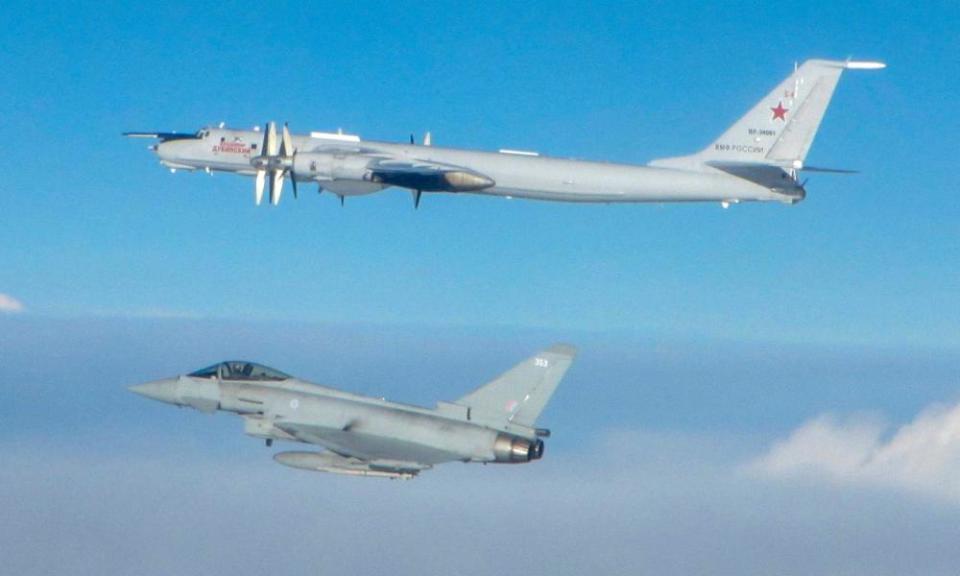Royal Navy shadows Russian ships after 'high activity' in Channel

Nine Royal Navy ships were involved in a major operation shadowing seven Russian vessels who had lingered in the Channel for several days this month as the coronavirus crisis was beginning to worsen in the UK.
The unusually high level of Russian activity concluded about a week and a half ago and navy officials said they believed it was primarily a response to western exercises in Europe rather than to a perception that the disease was leaving the UK vulnerable.
But it was significant because Russian warships normally transit through the Channel on their way from the Baltic to the Mediterranean or vice versa – whereas on this occasion they remained off the coast, putting British defences to the test.
The seven Russian ships – two frigates, three corvettes and two landing ships – were initially tracked by HMS Tyne, an offshore patrol craft. But at various times four navy frigates were deployed to shadow the Russians.
The naval activity comes shortly after Russian planes were shadowed by RAF jets west of the British Isles on at least two occasions. Typhoons were scrambled earlier in March to intercept two Russian Tu-142 “Bear” bombers north of the Shetland Islands and they followed them as they flew south and west into airspace used by transatlantic commercial airliners.

Military sources believe that the Russians were largely reacting to Operation Cold Response, a major multinational military exercise involving 14,000 troops from nine countries that was due to be conducted in Norway in mid-March and was designed to test the response of western forces to extreme sub-zero conditions.
The UK had sent 2,000 troops to take part, but Cold Response was cancelled at the last minute on 11 March in response to the coronavirus outbreak to avoid any unnecessary spread of the disease and to ensure soldiers were available in their home countries as the pandemic crisis developed.
At least one of the frigates, HMS Sutherland, was also deployed to monitor the Russians on the way back from the aborted exercise.
A navy statement said: “The navy has completed a concentrated operation to shadow the Russian warships after unusually high levels of activity in the English Channel and North Sea.
“Type 23 frigates HMS Kent, HMS Sutherland, HMS Argyll and HMS Richmond joined offshore patrol vessels HMS Tyne and HMS Mersey along with RFA Tideforce, RFA Tidespring and HMS Echo for the large-scale operation with support from Nato allies.”

 Yahoo News
Yahoo News 
